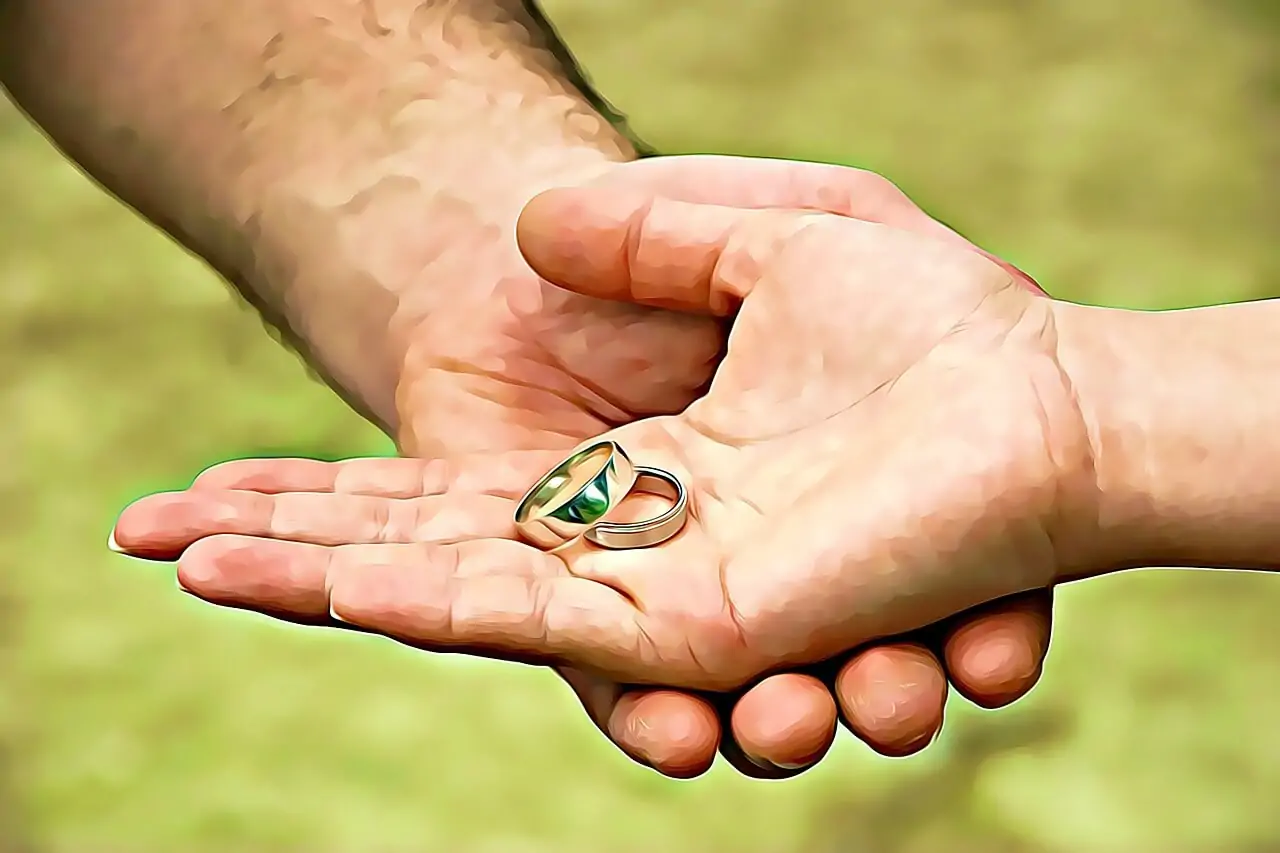
Table of Contents
Although gold is known for its warm, yellow color, there are many varieties of gold on the market today. Of these, white gold is one of the most popular choices in the jewelry industry.
But deciding whether to choose white or yellow gold can be a difficult decision, when both are beautiful in their own way. Let’s take a brief look at white gold vs yellow gold and their pros and cons.
What Is Yellow Gold?
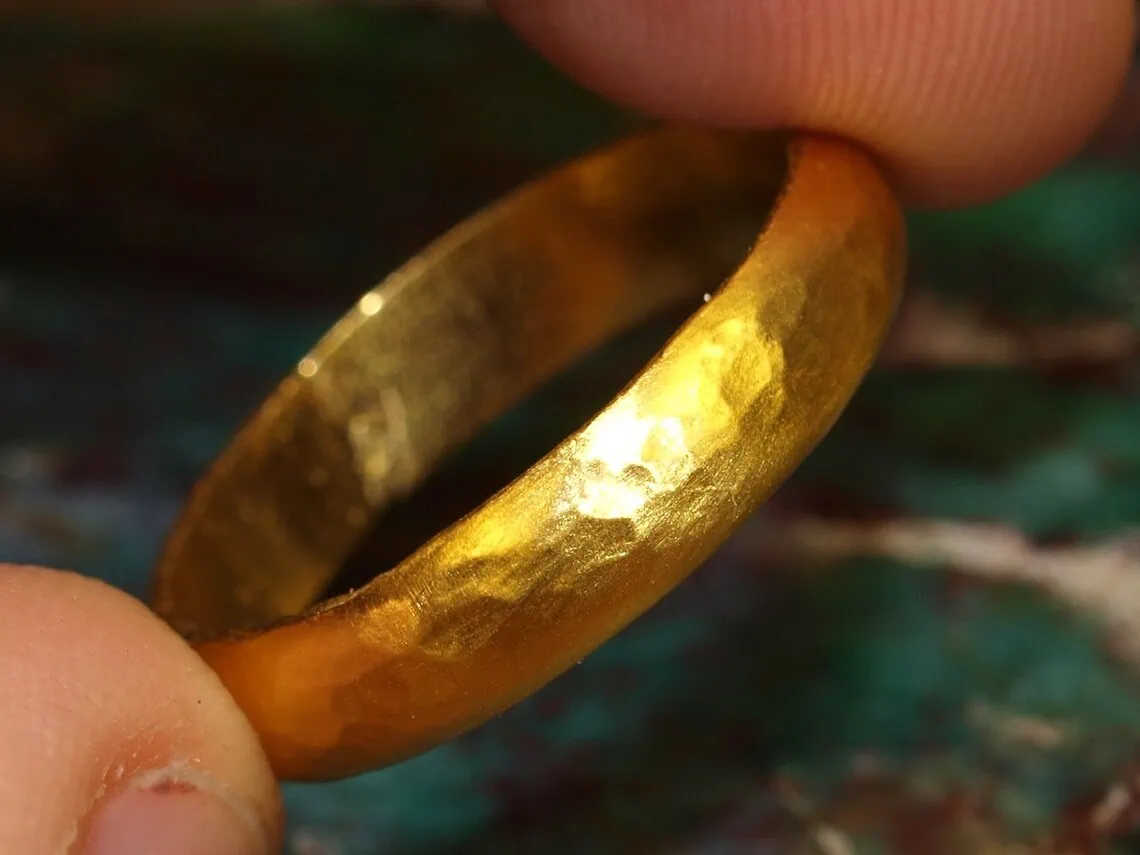
Pure gold (24K gold) has been mined since ancient times, and valued as a mode of exchange from the very beginning. Pure gold is bright yellow in color and also tends to be very soft.
While pure gold is the most valuable, items made from it wear out much quicker and easily lose shape and bend. To combat this, other metals are mixed in with the gold to produce stronger and more durable alloys.
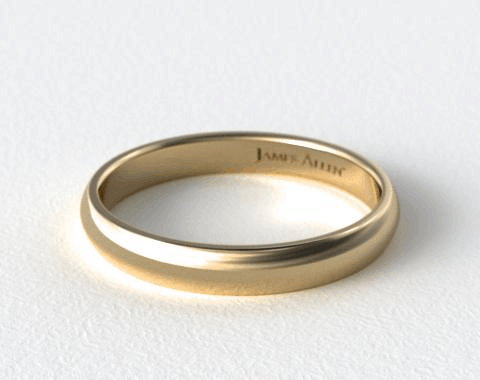
Gold can be strengthened by combining it with other metals, usually copper, zinc or silver. The amount of gold in the alloy impacts on the strength, color and value of the metal.
The purity of yellow gold is specified in karats. By mixing in other other metals, stronger alloys like 10K, 14K and 18K can be created. So for example, 18K means that 18 parts of the alloy are pure gold and 6 parts are other metals. The lower the karatage, the less gold there is in the alloy and the cheaper the price.
What Is White Gold?
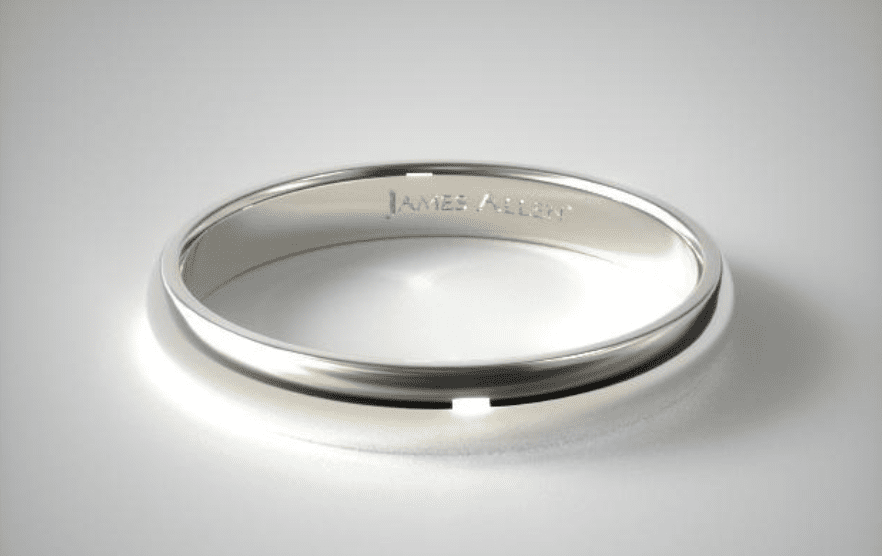
White gold is not found in nature, it is simply an alloy of yellow gold. To make white gold, pure gold is mixed with metals such as palladium, copper, silver, manganese, zinc or nickel.
These different metals produce slightly different characteristics to the metal. For example, white gold with nickel is the hardest and most durable. The finished product is coated with rhodium, to produce the luster and gleam that white gold is known for.
The purity of white gold is also specified in karats, and is identified with the same hallmarks as yellow gold. For those with nickel allergies, always check whether your white gold has nickel mixed in the alloy. It is common to get skin reactions if you are sensitive to nickel and wear jewelry that contains nickel in.
White Gold vs. Yellow Gold Popularity
Historically, yellow gold was the go-to metal for engagement and wedding rings. It was the first metal used in wedding rings, dating back more than 2000 years. Even today, a classic wedding ring is a simple gold band.
In the 1990s, yellow gold seemed to have dropped in popularity for a while as the cooler, more modern look of metals such as platinum and white gold enjoyed a new-found fame. But today, both yellow gold and white gold are among the top choices for jewelry, especially for bridal rings.
White Gold vs. Yellow Gold Durability
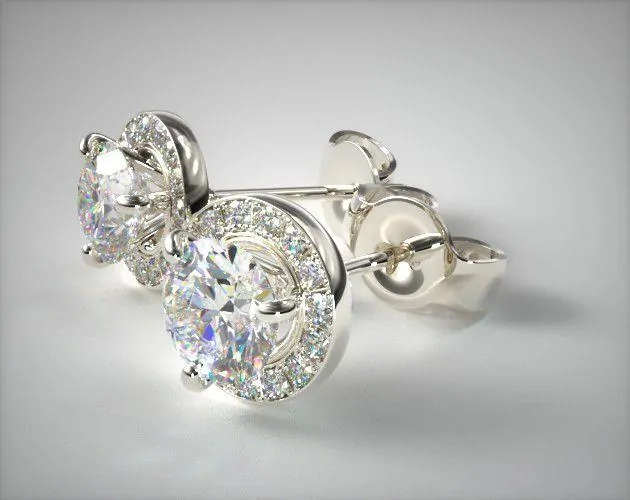
White gold tends to be harder than yellow gold, because of the metals used in its alloys. The rhodium plating in white gold is also tough and adds an extra coating of strength to the metal.
White gold may be harder, but is also prone to scratches. Over time, the rhodium plating begins to wear off and may even flake off, exposing the yellowish-whitish metal beneath. However, you can simply have the piece re-plated restoring its luster and outer layer. This is an ongoing cost necessary to keep your white gold jewelry lustrous.
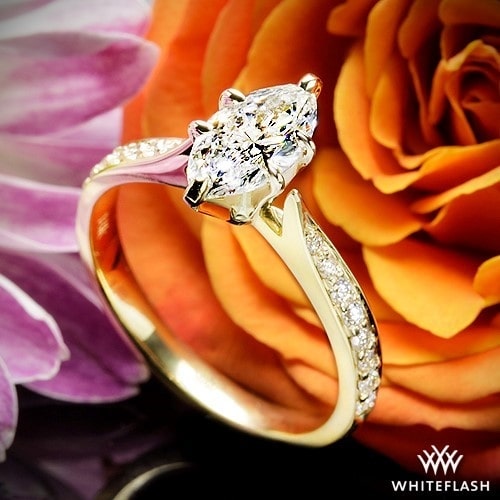
If you have an active lifestyle, white gold is more likely to take the wear and tear better than a yellow gold piece. Of course, this only applies to pieces of jewelry that are exposed, such as rings. For earrings or pendants, it hardly makes a difference.
While yellow gold doesn’t need plating, it can get scratches over time. You can have your yellow gold polished to remove the scratches and scuffs, but bear in mind that this also polishes away some of your gold. Over time, your yellow gold item wears thin.
On a side note, platinum is a better option than gold in the durability department. Platinum also requires less maintenance and doesn’t need replating.
White Gold vs. Yellow Gold Value and Price
Many people think that yellow gold must be more valuable than white, simply because it looks like gold when in fact, what matters is the amount of gold in the alloy. The gold karats in both white gold and yellow gold have equal value and are treated the same when it comes to liquidity.
This is why there is hardly any difference in the prices of these two metals, as essentially you are paying for the gold content. 10K yellow or white gold will be lower in price than 14K or 18K. However, depending on your retailer, white gold may be a touch more expensive than yellow gold due to its rhodium plating.
White Gold vs. Yellow Gold and Skin Tone
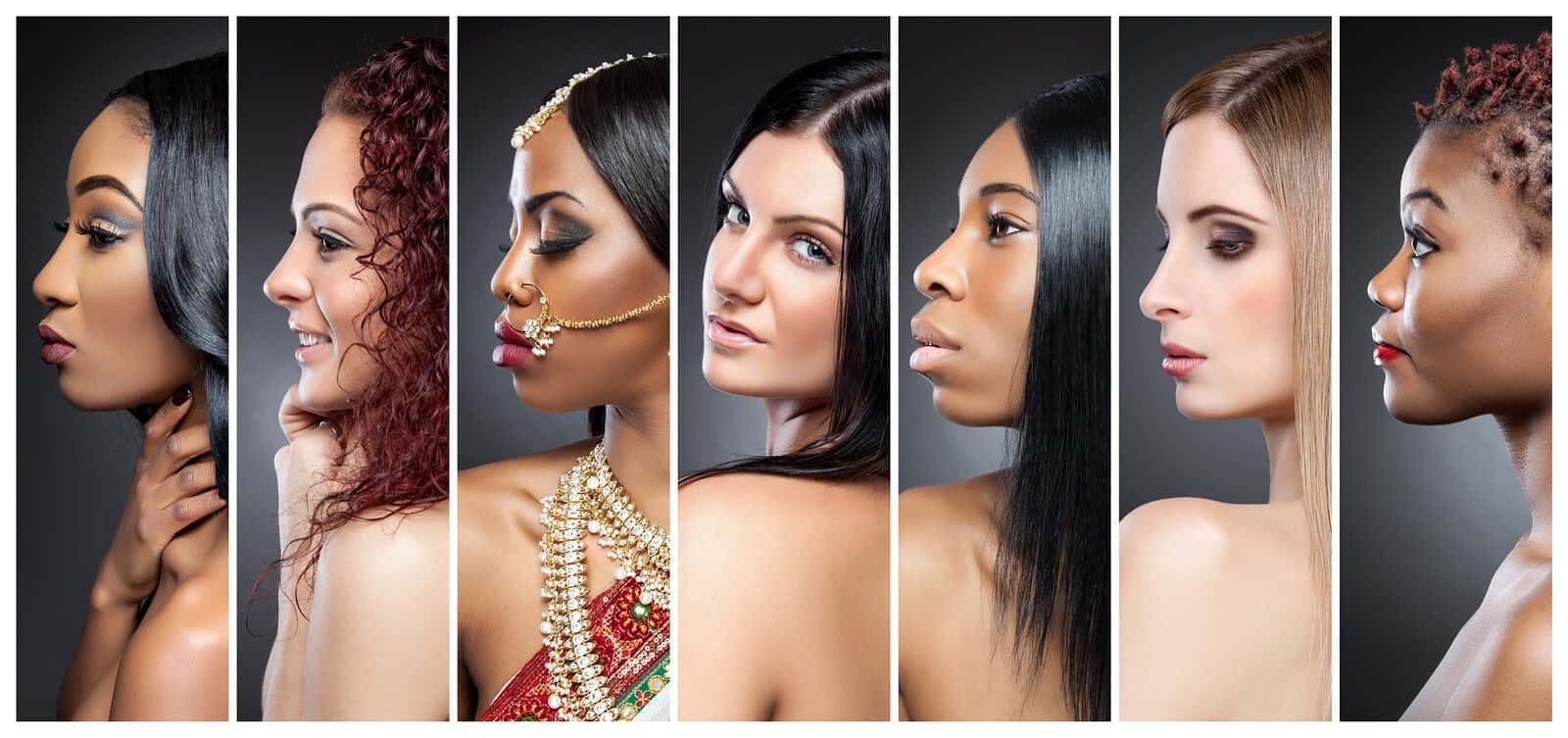
One consideration that many people overlook when buying jewelry is skin tone. Some metals simply look stunning against your skin tone while another might make it appear dull.
White gold has the distinction of looking amazing on all skin colors, from pale to dark. It is a smooth and cool color that complements warm, neutral and cool skin tones.
However, yellow gold particularly complements warm skin tones. It pops against darker or tanned tones and stands out beautifully. Check how the metal looks against your skin if you aren’t quite sure which to choose.
White Gold vs. Yellow Gold and Diamonds
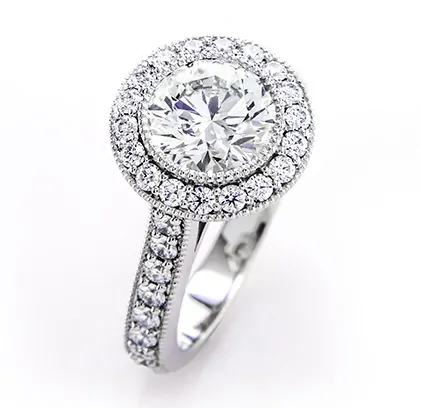
If you are wondering which metal is better for your diamond, both yellow and white gold offer similar specifications in terms of durability and price. The main distinguishing factor between these two metals is in color, so this should be the main consideration.
In order to decide on whether white or yellow gold suits your diamond better, consider the color grade of your diamond.
White gold is perfect for colorless and near colorless diamonds, which include grades D-I on the color scale. It will accentuate the brilliance of the diamond and maximize its sparkle.
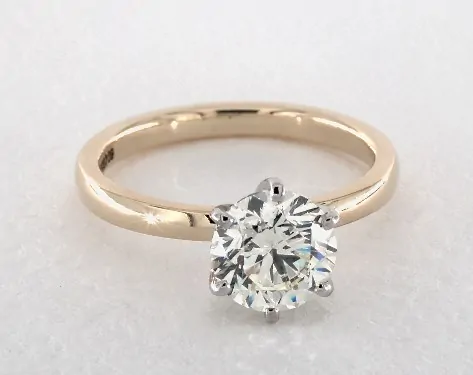
For diamonds with yellowish tints, J-M on the color scale, a yellow gold setting will minimize the appearance of the tints and highlight the sparkle of the stone. A tinted diamond and a yellow gold setting have a warm look and is a very good combination.
What does this mean for you as a consumer?
A diamond down on the color scale will be significantly lower in price than a colorless diamond. For example, a quick check on the James Allen website shows that an internally flawless, very good cut 1 carat diamond with D color cost over $9000, while a J color diamond of similar specifications starts at $3300. That is a price difference of $5500!
Wrapping Up
Whether you choose white or yellow gold is a matter of preference and what you think looks best on you. White gold has a slighter edge over yellow gold in terms of durability, but in almost all respects, these two metals are very similar. The main and obvious difference is in the color. The benefit is that both are classic and timeless colors, meaning that they will never really go out of fashion.









